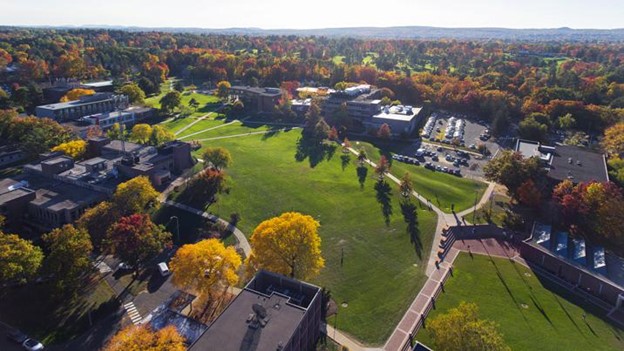Northern Hemisphere Summers May Last Nearly Half the Year by 2100
March 24, 2021
A new study from the American Geophysical Union shows thay summers may last almost six months in the Northern hemisphere if climate change is not mitigated until 2100. This seasonal shift may result into more catastrophic events like wildfires and heatflares, all a of the new normal for the next century.
The researchers gathered daily climate data from 1952 to 2011 to measure changes in the four seasons’ duration in the Northern Hemisphere. They defined the start of summer as the onset of temperatures in the hottest 25% during that time period, while winter began with temperatures in the coldest 25%. The team then established models of climatic shifts to predict how seasons will appear in the future.
The new study found that, on average, summer grew from 78 to 95 days between 1952 to 2011, while winter shrank from 76 to 73 days. Spring and autumn also contracted from 124 to 115 days, and 87 to 82 days, respectively. Accordingly, spring and summer began earlier, while autumn and winter started later.
“A hotter and longer summer will suffer more frequent and intensified high-temperature events — heatwaves and wildfires,” Zhu said. Additionally, warmer, shorter winters may cause instability that leads to cold surges and winter storms, much like the recent snowstorms in Texas and Israel, he stated.










